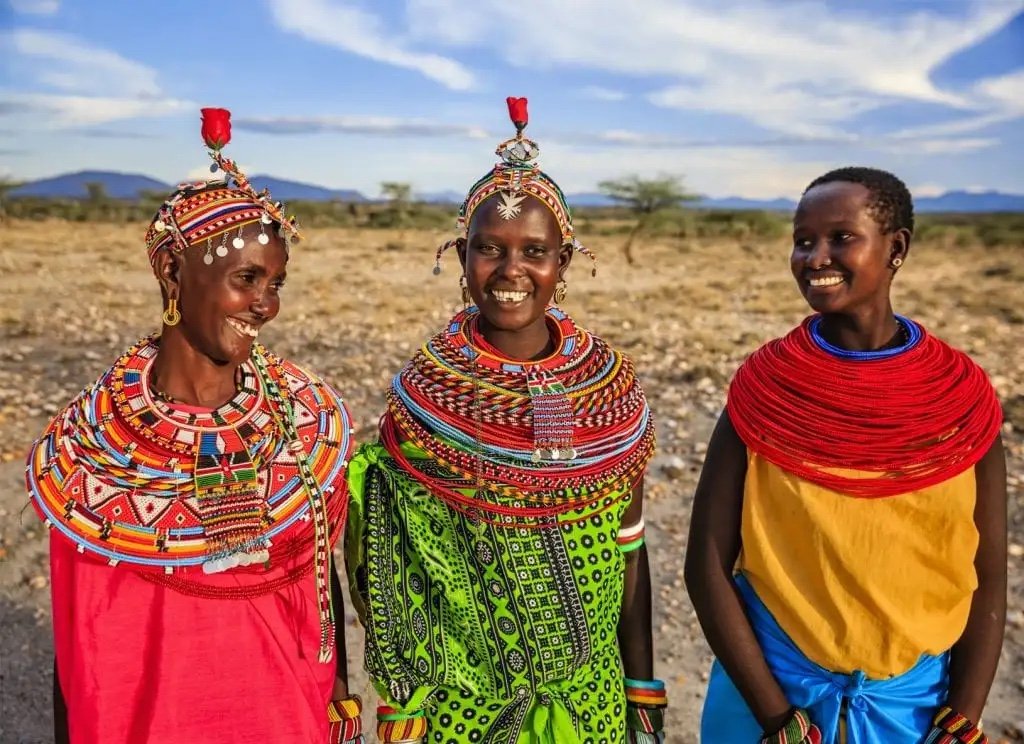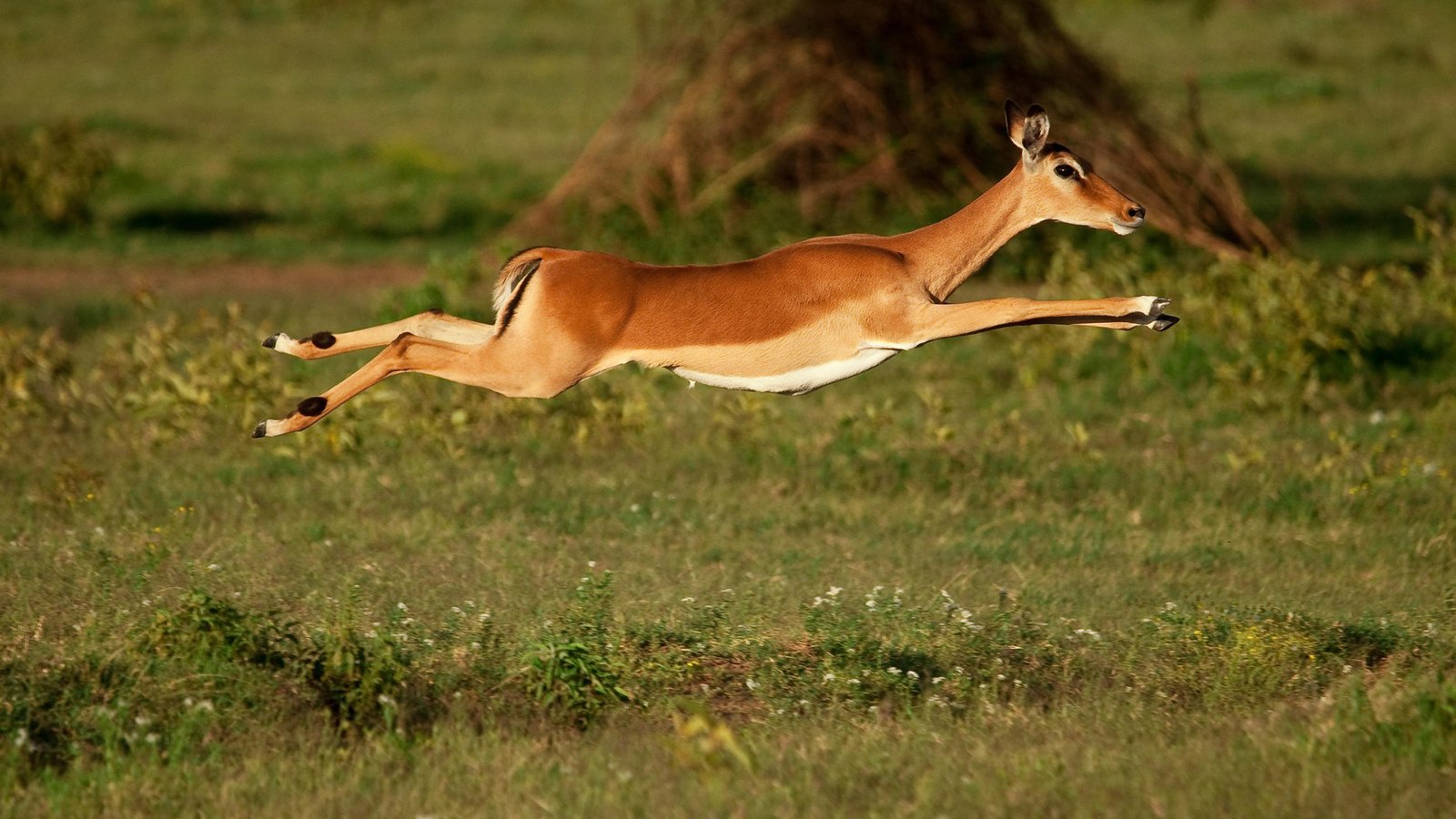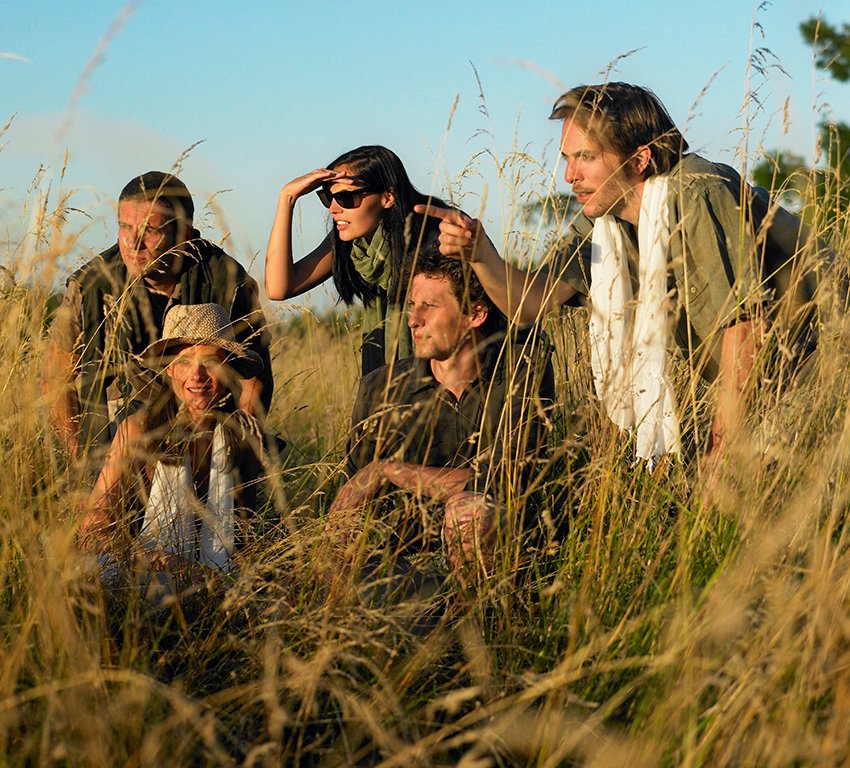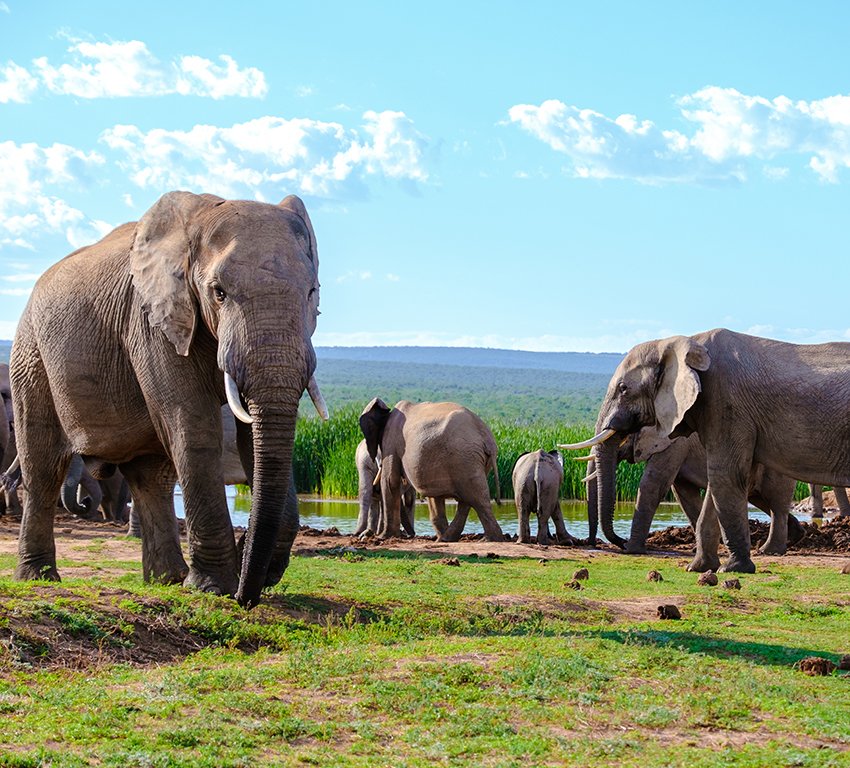The Great Wildebeest Migration Path
Standing out as one of the most striking wonders of the innate world, the Great Migration is a yearly migration of millions of wildebeest, zebras, and other herbivores moving clockwise through the Serengeti in Tanzania and Kenya’s Masai Mara looking for clean water and green pastures.
This occurrence is also one of the world’s most celebrated and sought-after spectacles by photographers and wildlife enthusiasts.
The great wildebeest migration is famous for being one of the world’s most visually sensational and exciting adventures. Figuring out when to travel to watch this astonishing spectacle depends on a number of parameters, as seasons of the year are marked by different cycles in scenery so it is best to reach out to a reliable and experienced tour operator as they have the know-how.

overview of the migration path
January – February: During this time, the wildebeests assemble in numbers in the southern part of the Serengeti where they birth thousands of baby calves. This is far-famed as the Serengeti calving season. The soil in this region is abundant in potassium, phosphorus, and calcium, so the grass is usually succulent.
March: This period sees large levels of predacious activities taking place as the huge assembly of so many plains game and new calves make easy targets for lions, cheetahs, and other predatory animals. This action quickly propels a change of surroundings for the wildebeests.
April – May: This is when the Serengeti starts to shrivel and the grass dies off propelling the herds to move west towards the Grumeti River.
June – July: At this time, the herds begin proceeding towards the Masai Mara, however before getting to the Masai Mara, they are faced with the stymy of crossing the Grumeti river. This is arguably the finest time of the year as guests would be able to witness all the thrill unraveling around the Grumeti River and beyond.

August – September: By this time, the herds have intersected the Grumeti river and are on their way to the Mara River. This is also an impressive crossing that clutches nature in its rawest form.
October: This month sees the herds driving through the Mara river into the pool-table flat Masai Mara veldt where they usually browse till the month’s end and continue their odyssey back to the northern Serengeti where short grass will have become lush.
November – December: The plains game reaches the Seronera region where they will stay till they go back to the southern part of the Serengeti for calving season.












